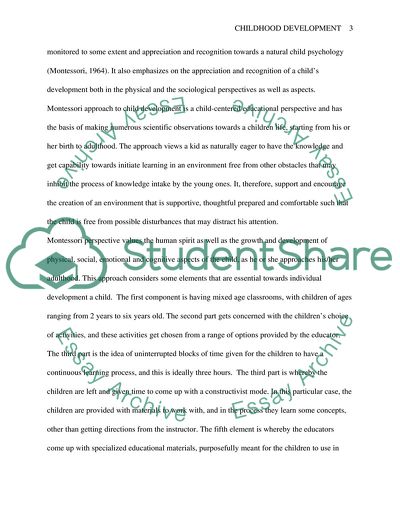Cite this document
(“Montessori and Steiner were both pre-occupied with the development of Essay”, n.d.)
Retrieved from https://studentshare.org/education/1698285-montessori-and-steiner-were-both-pre-occupied-with-the-development-of-the-child-as-an-individual-considering-both-approaches-which-methods-did-they-use-to-encourage-development
Retrieved from https://studentshare.org/education/1698285-montessori-and-steiner-were-both-pre-occupied-with-the-development-of-the-child-as-an-individual-considering-both-approaches-which-methods-did-they-use-to-encourage-development
(Montessori and Steiner Were Both Pre-Occupied With the Development of Essay)
https://studentshare.org/education/1698285-montessori-and-steiner-were-both-pre-occupied-with-the-development-of-the-child-as-an-individual-considering-both-approaches-which-methods-did-they-use-to-encourage-development.
https://studentshare.org/education/1698285-montessori-and-steiner-were-both-pre-occupied-with-the-development-of-the-child-as-an-individual-considering-both-approaches-which-methods-did-they-use-to-encourage-development.
“Montessori and Steiner Were Both Pre-Occupied With the Development of Essay”, n.d. https://studentshare.org/education/1698285-montessori-and-steiner-were-both-pre-occupied-with-the-development-of-the-child-as-an-individual-considering-both-approaches-which-methods-did-they-use-to-encourage-development.


